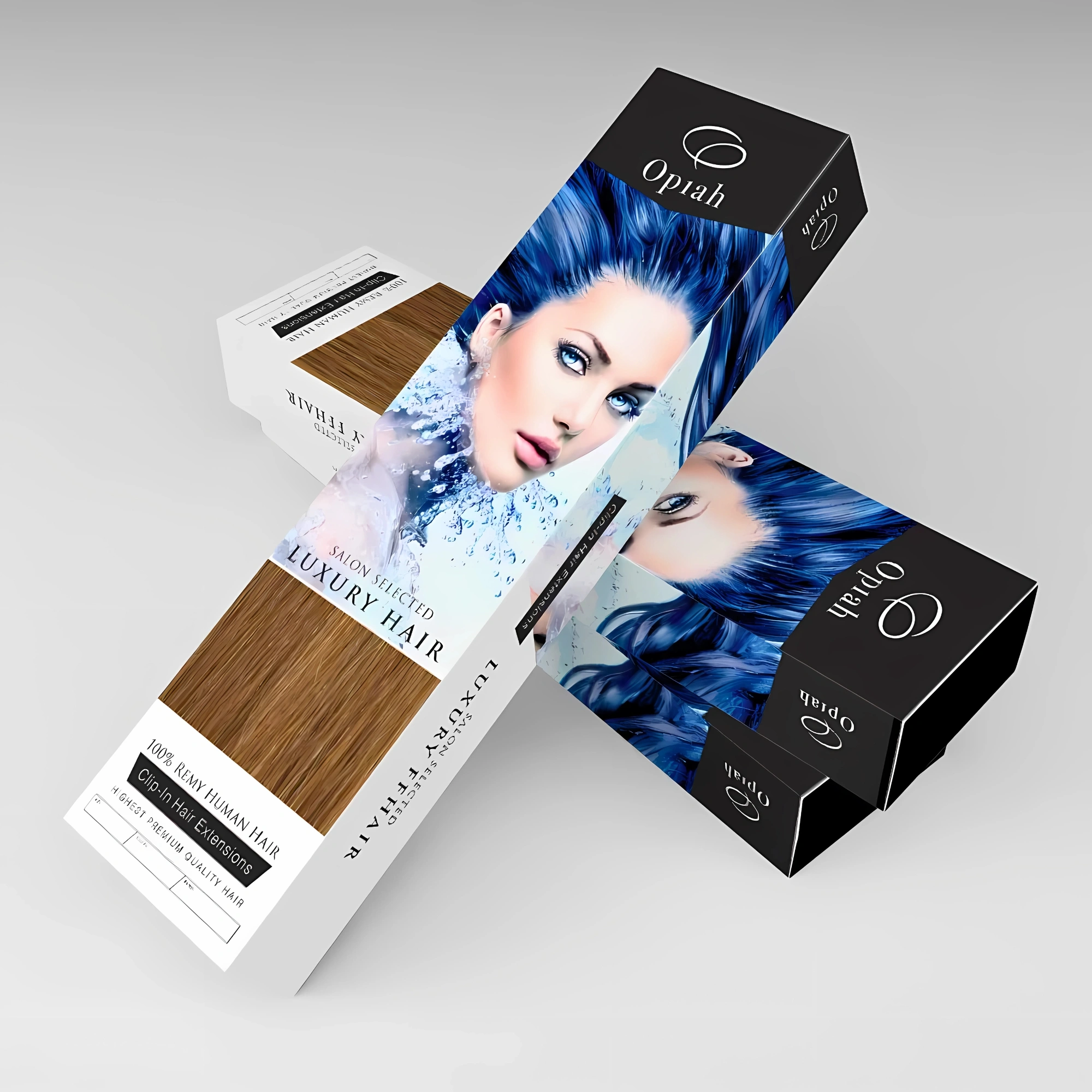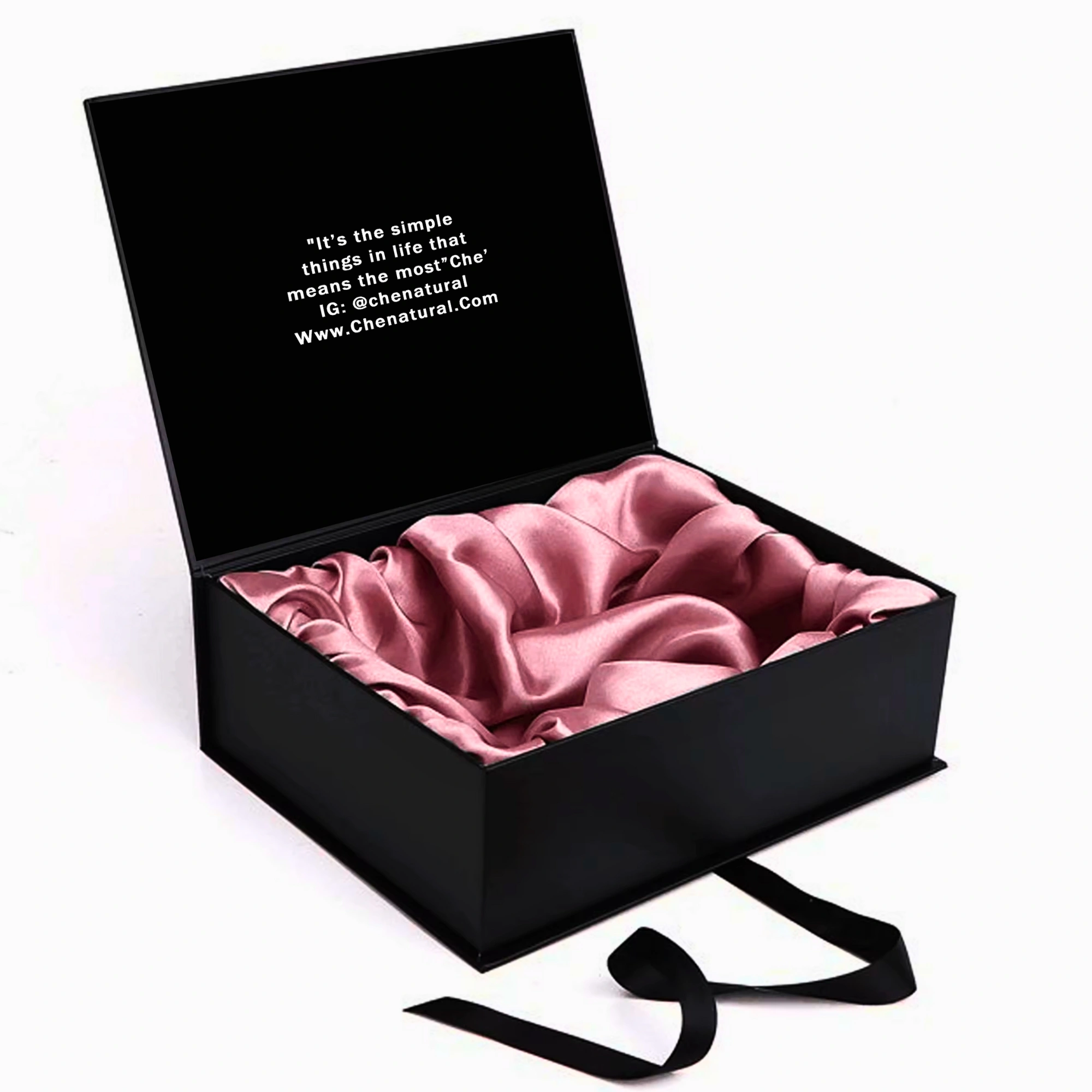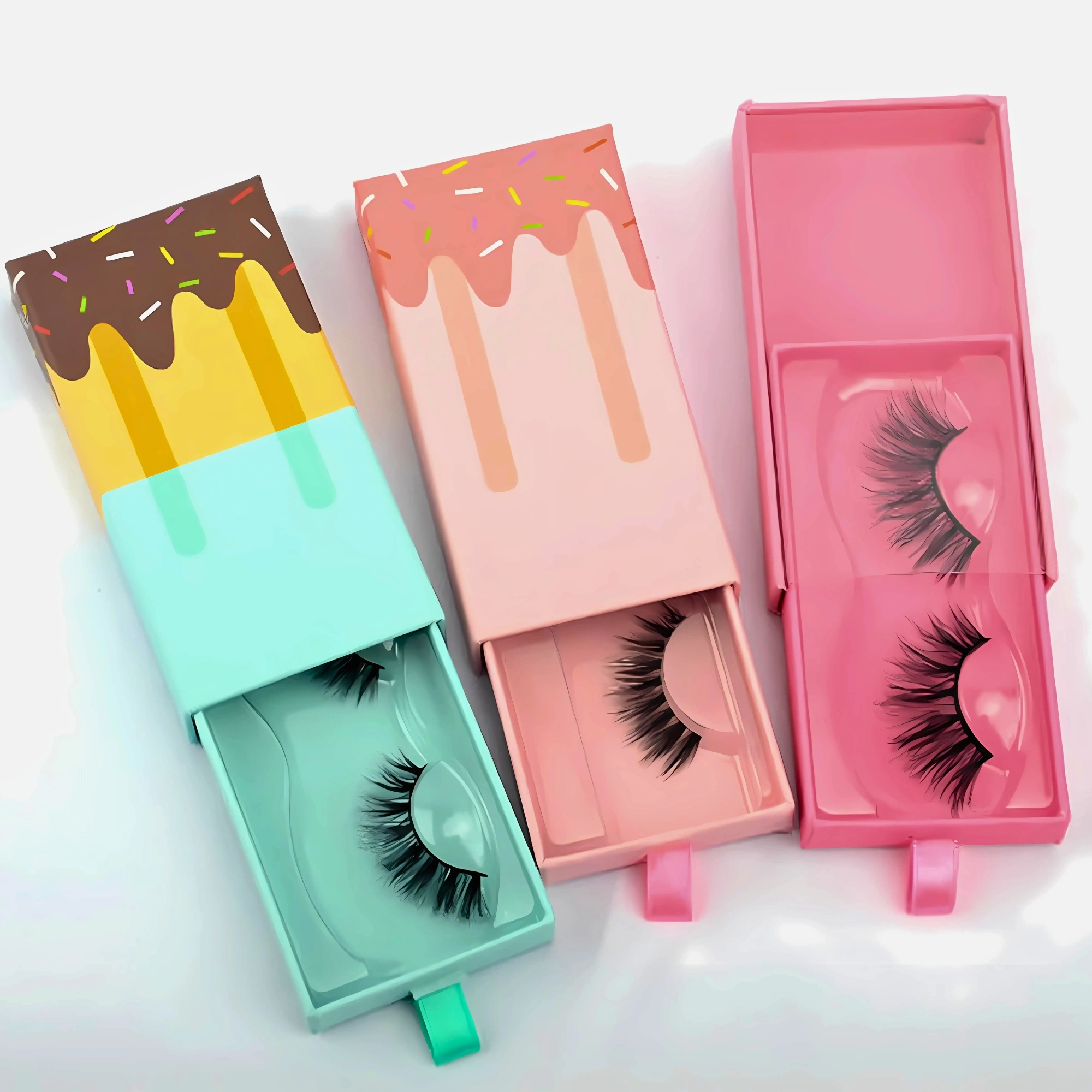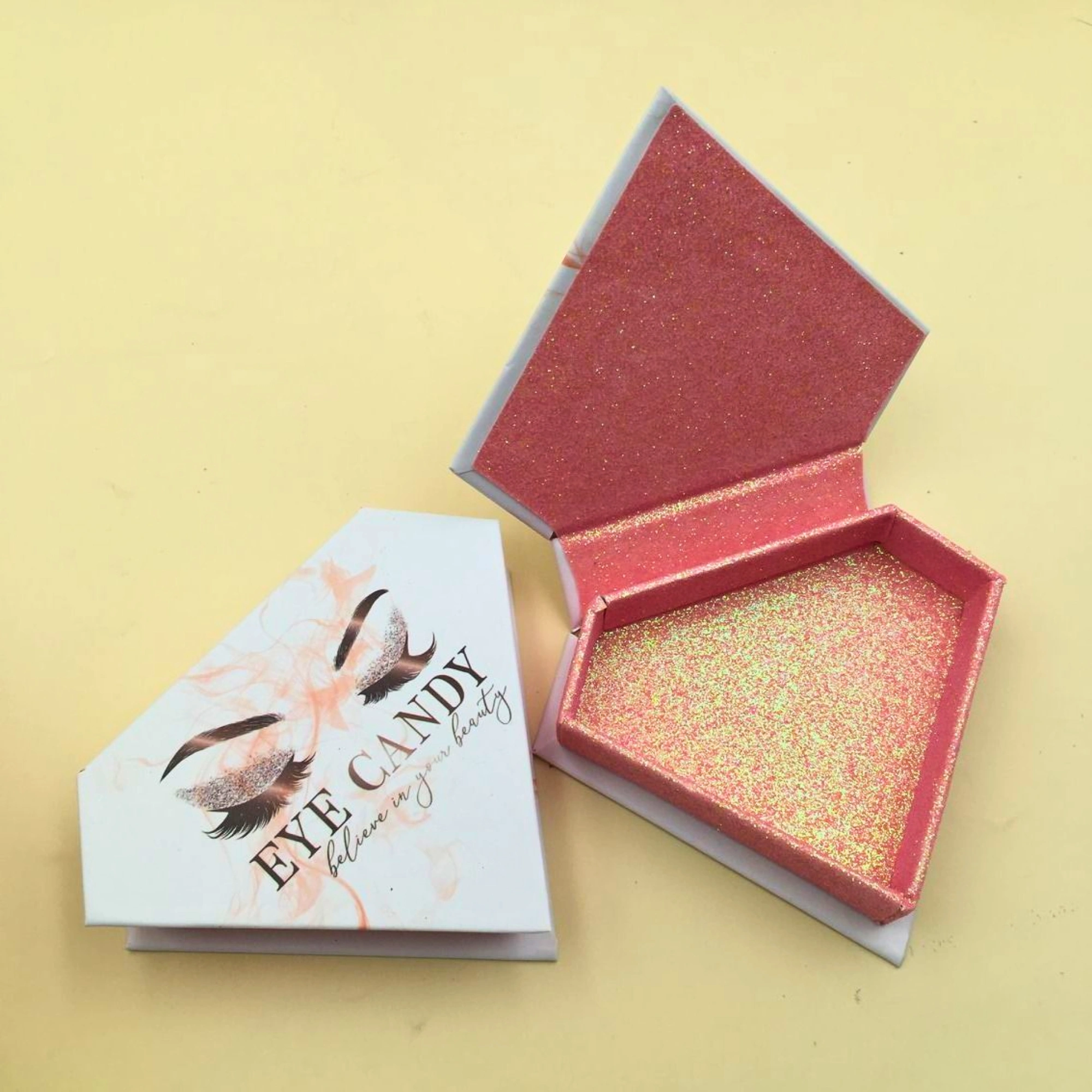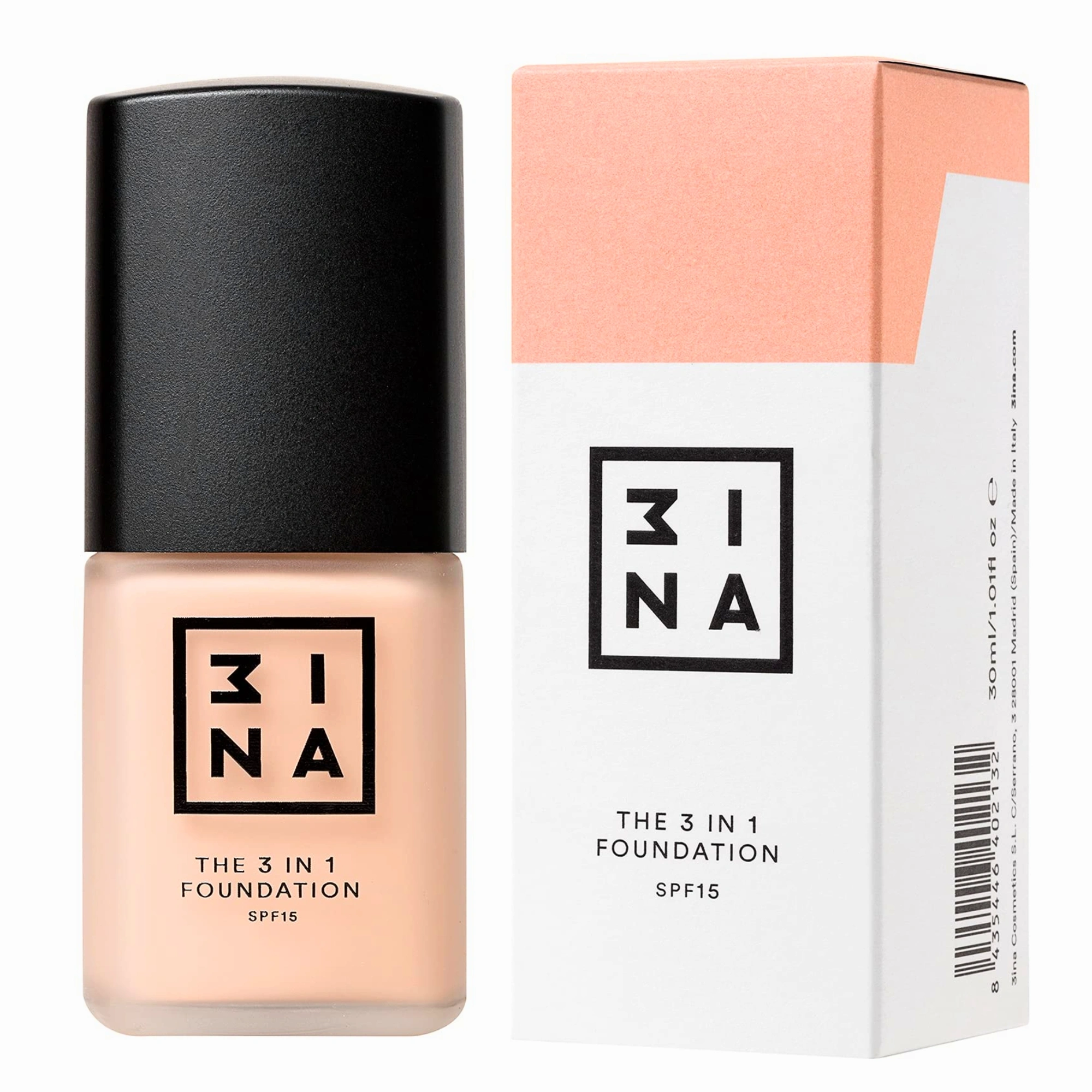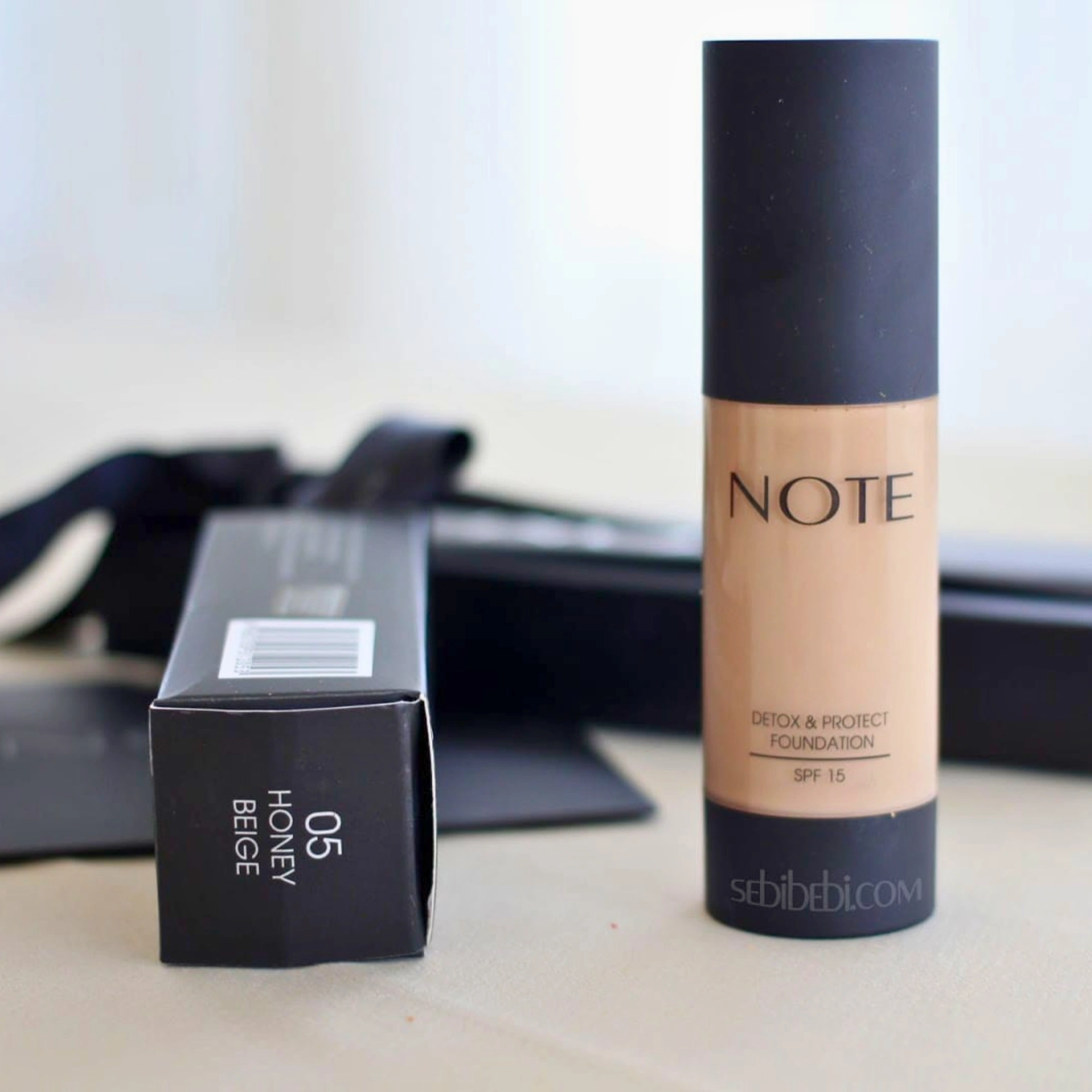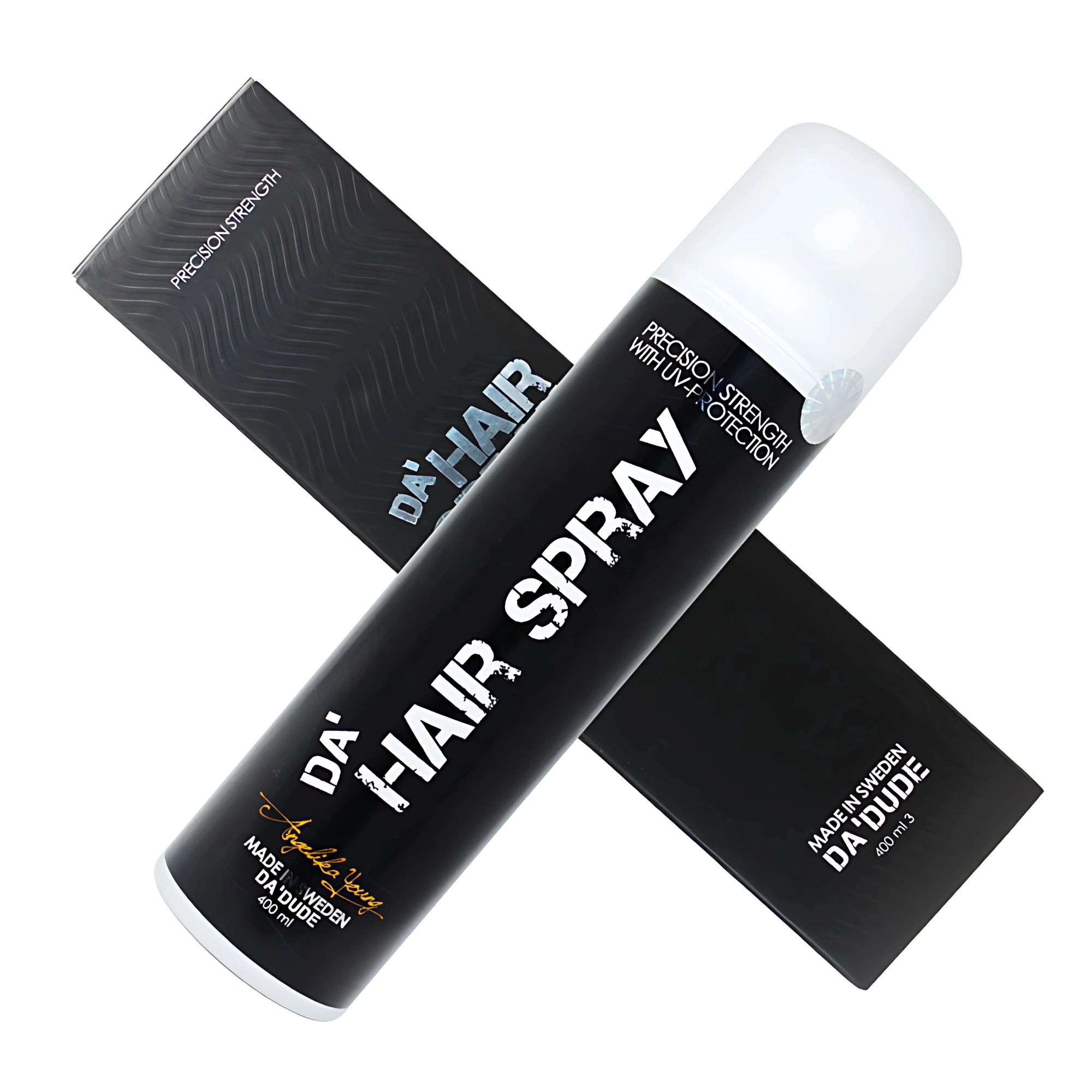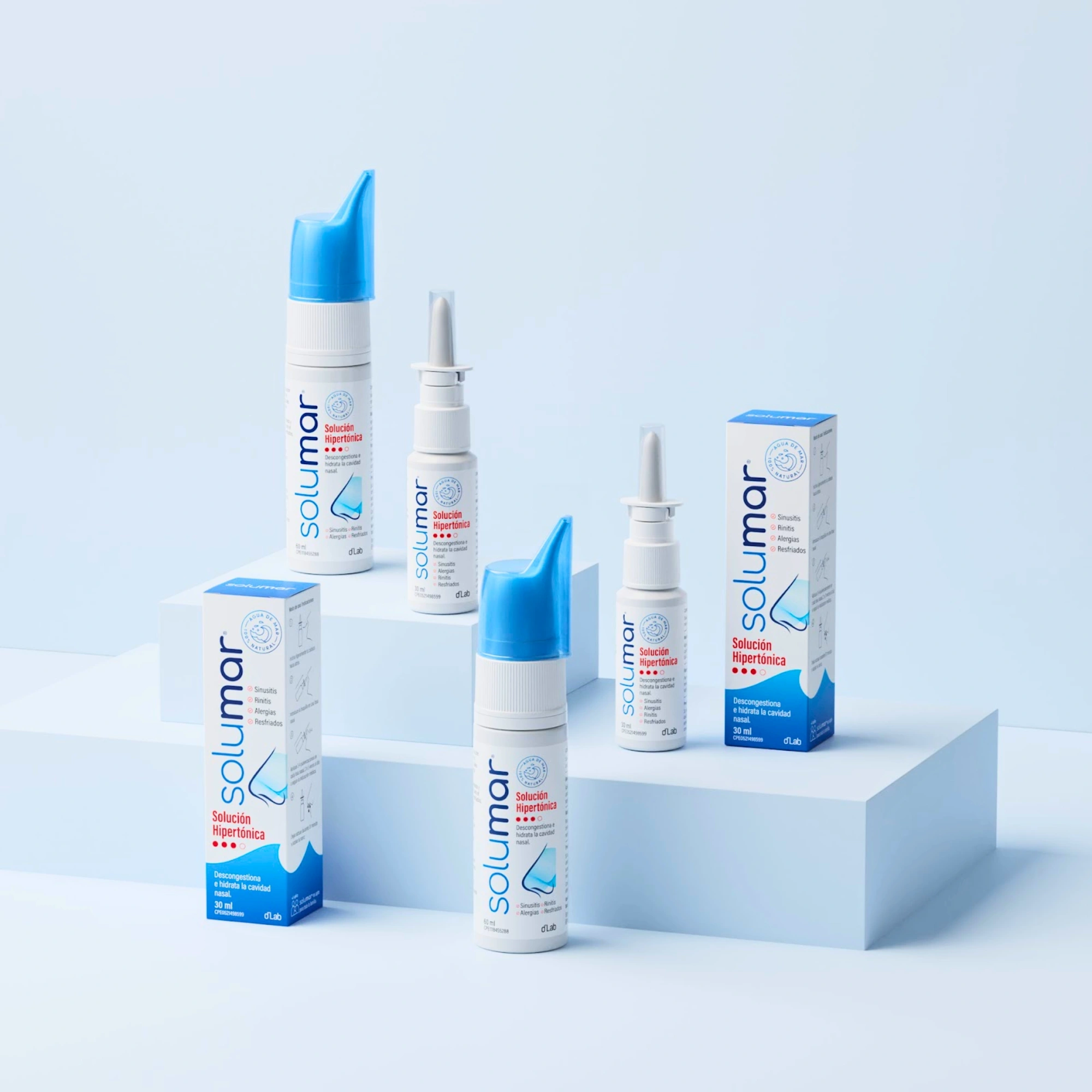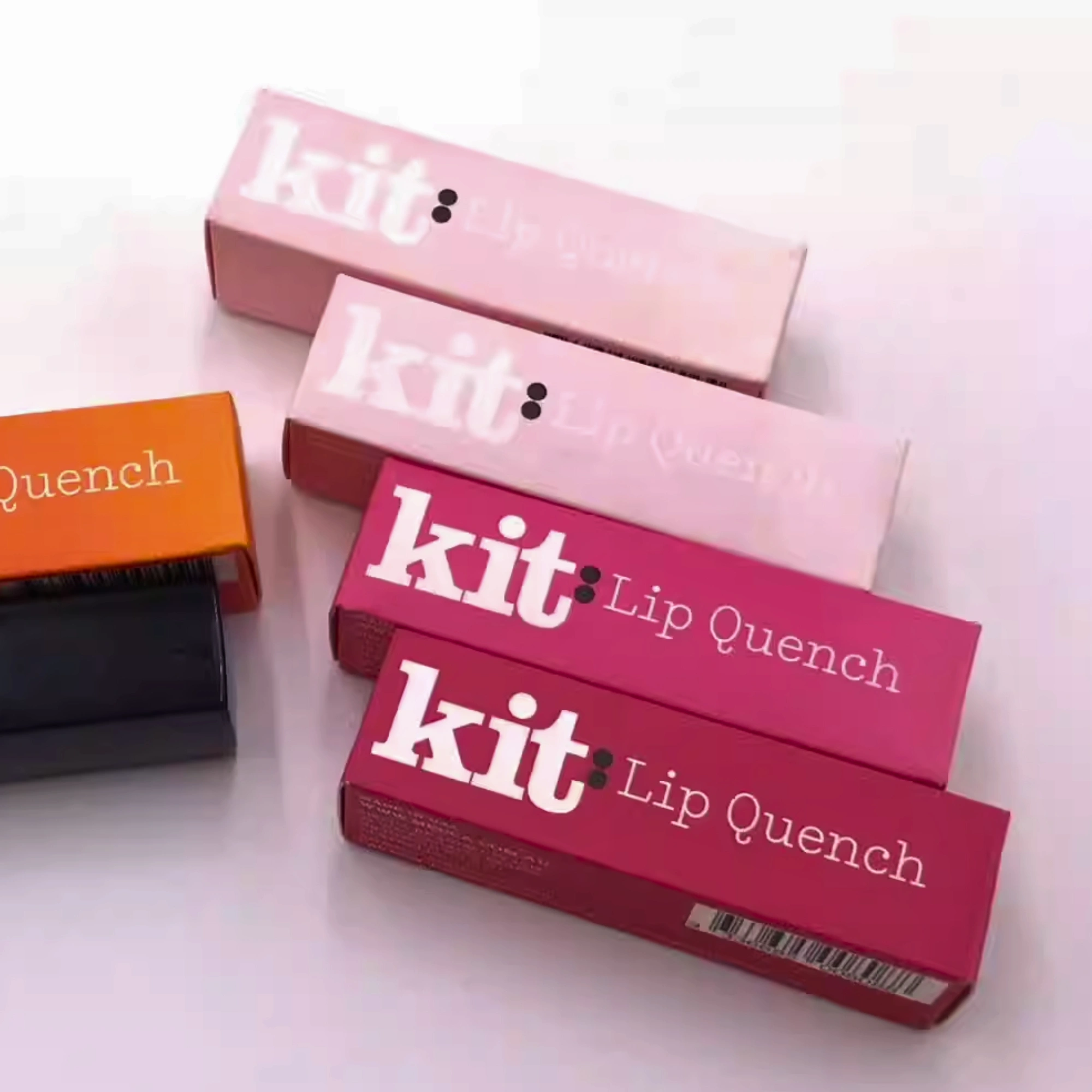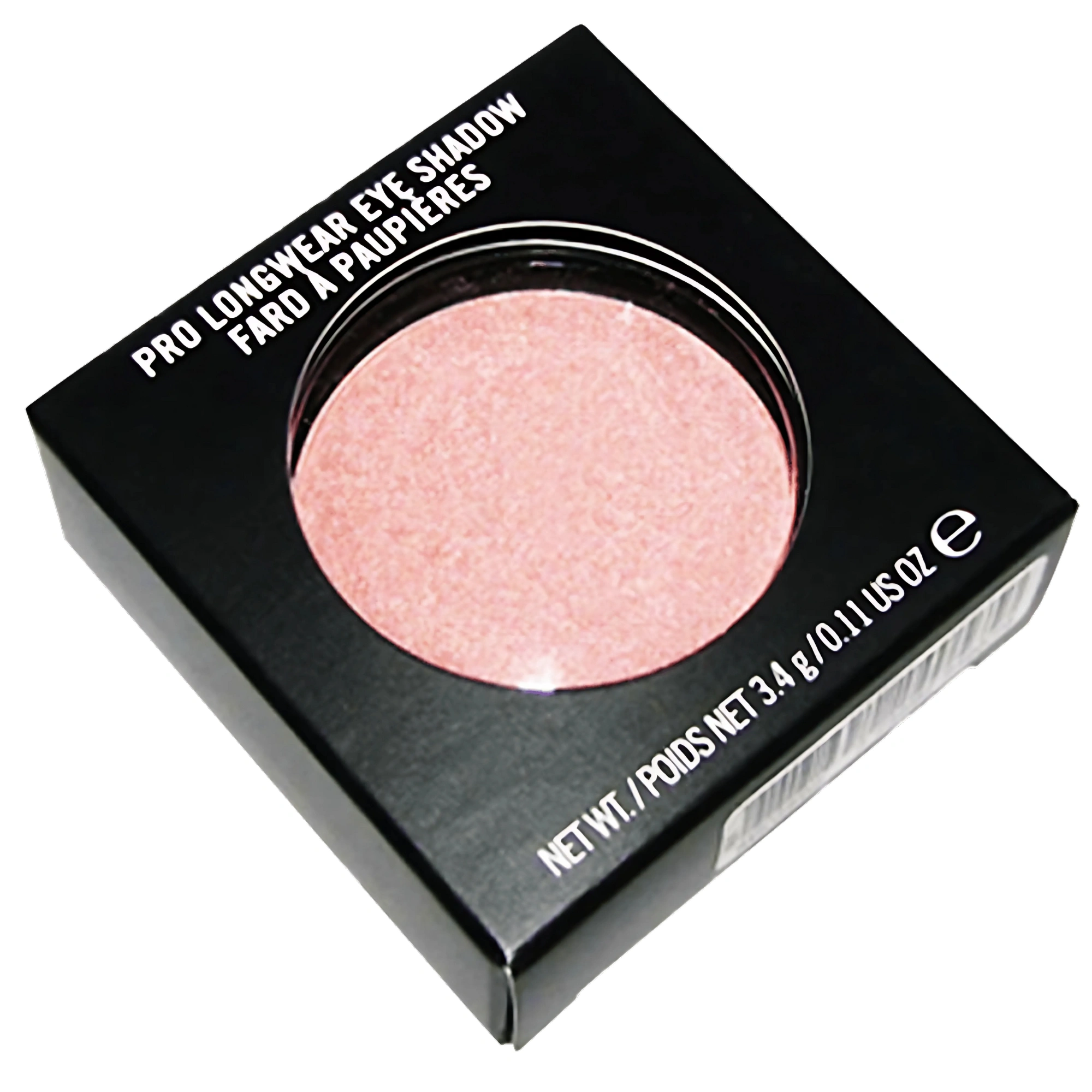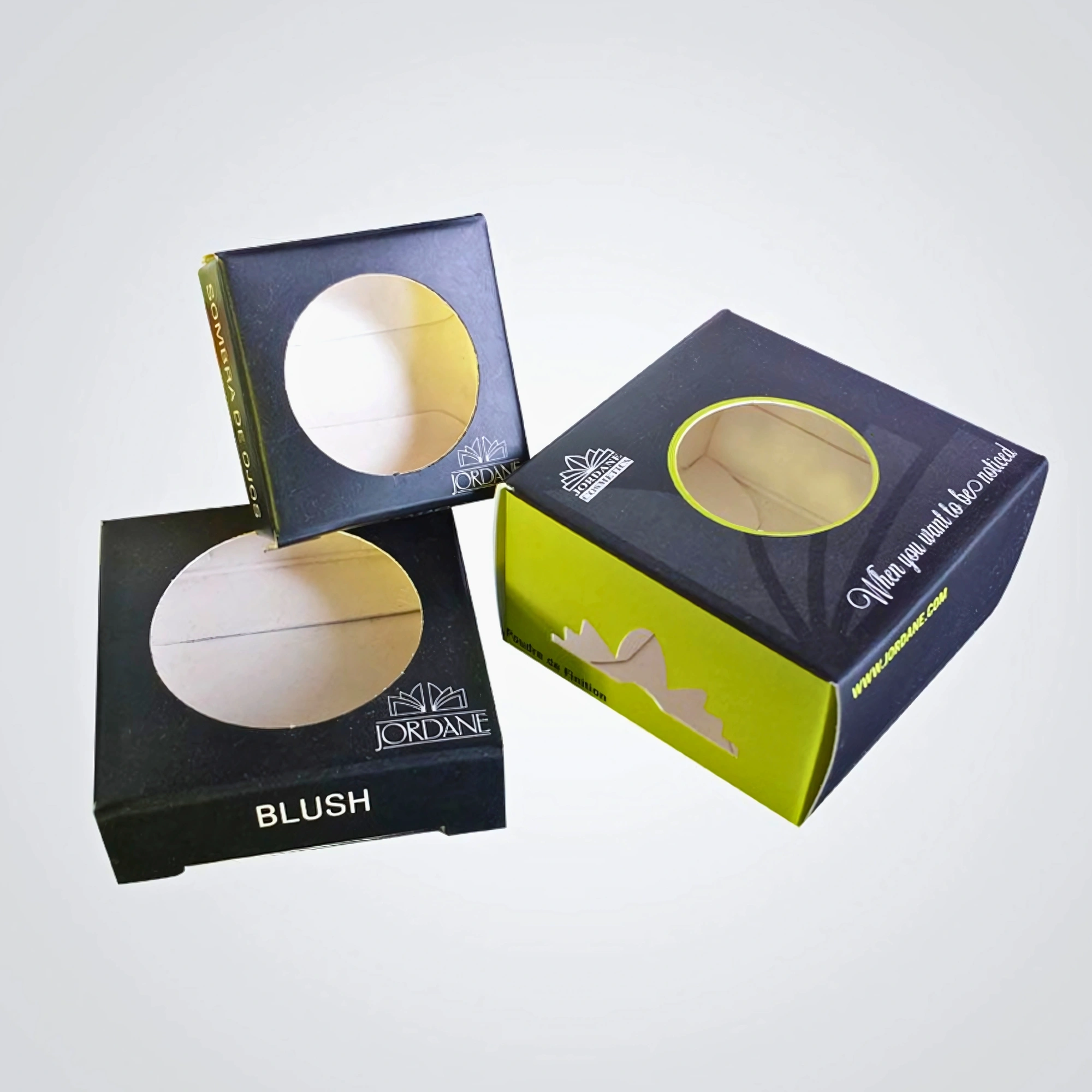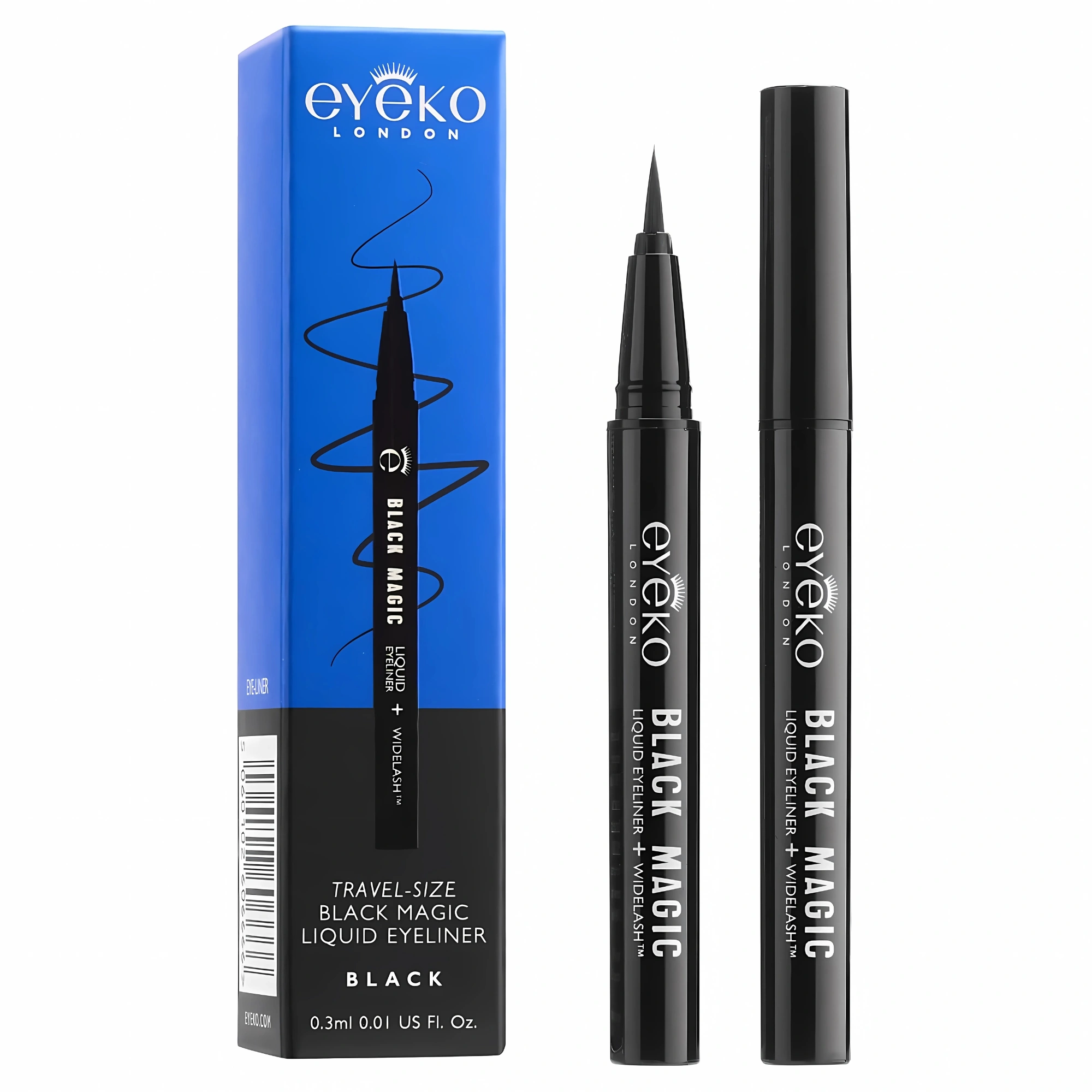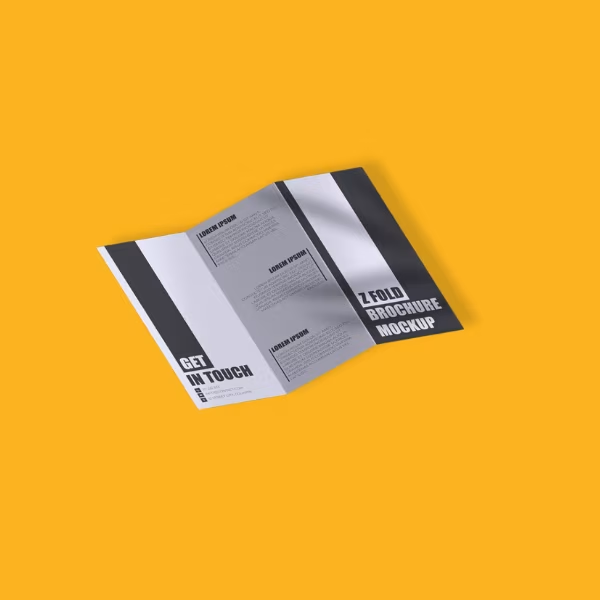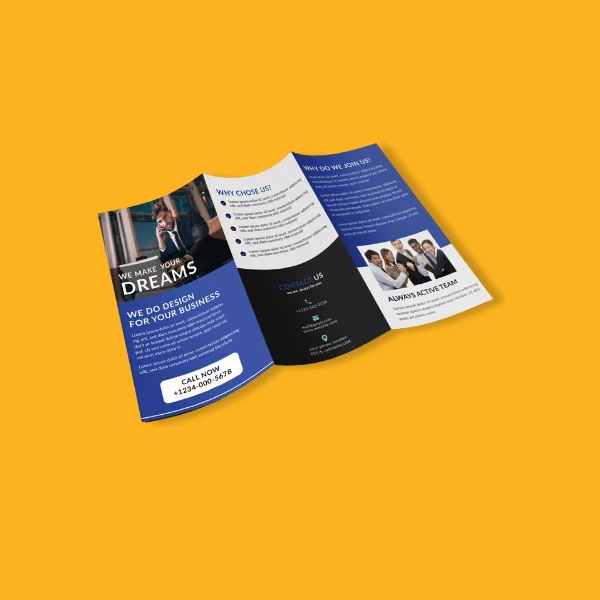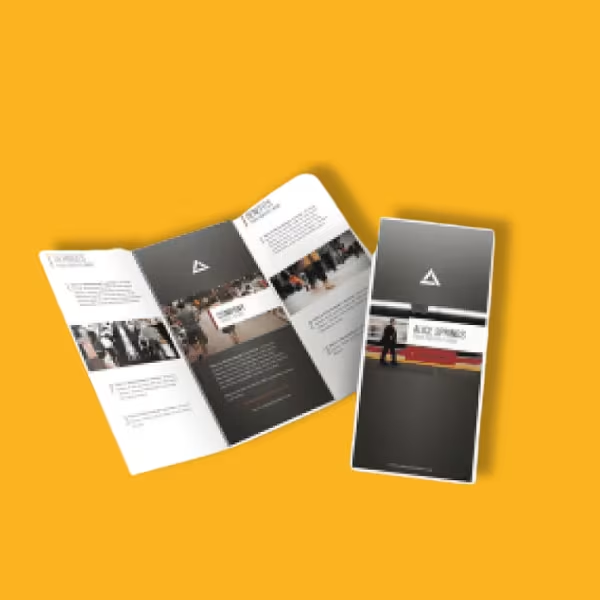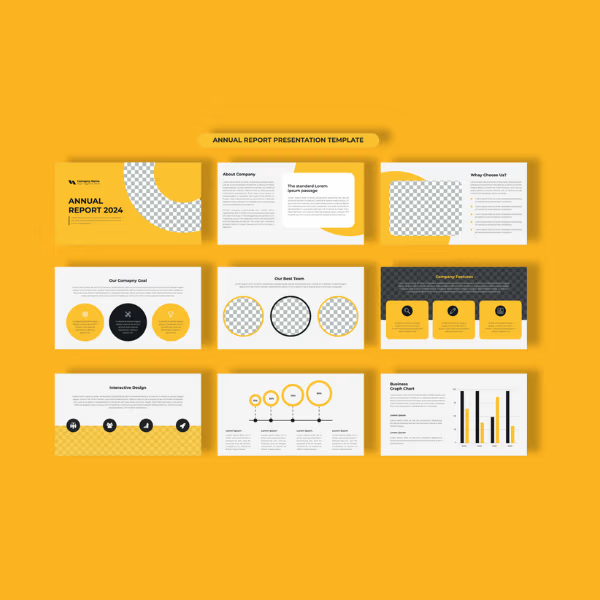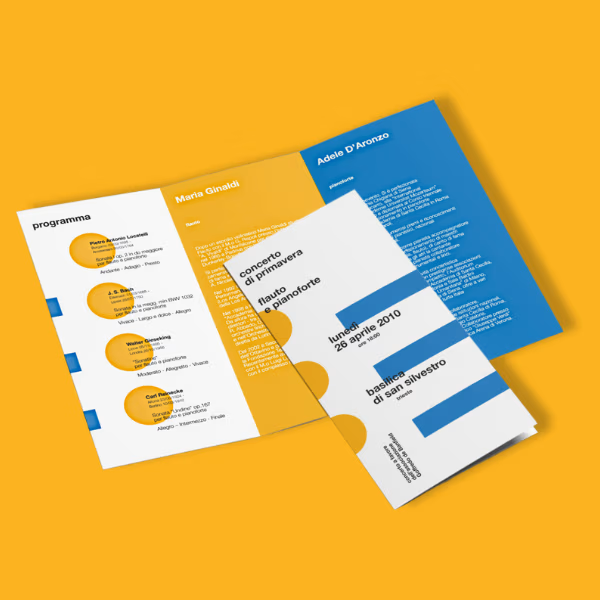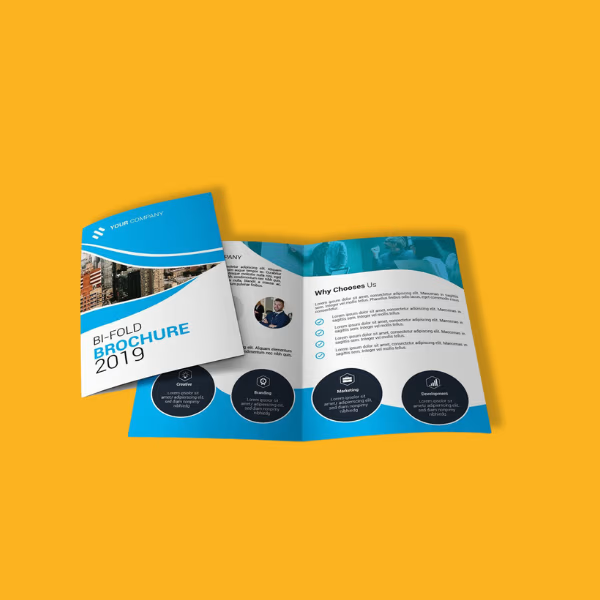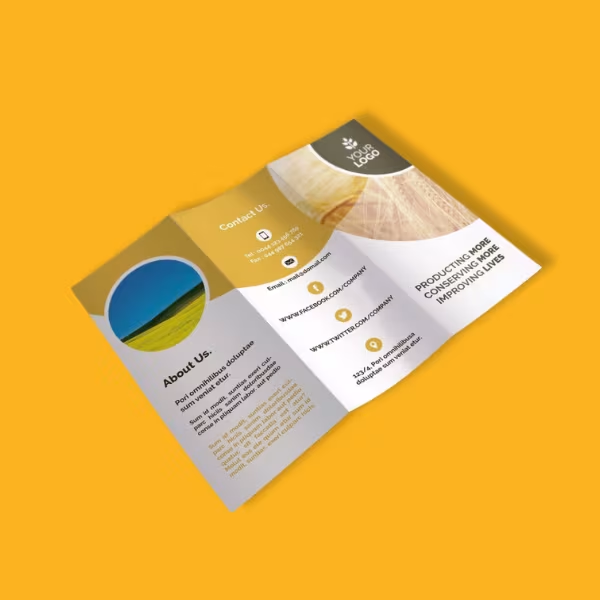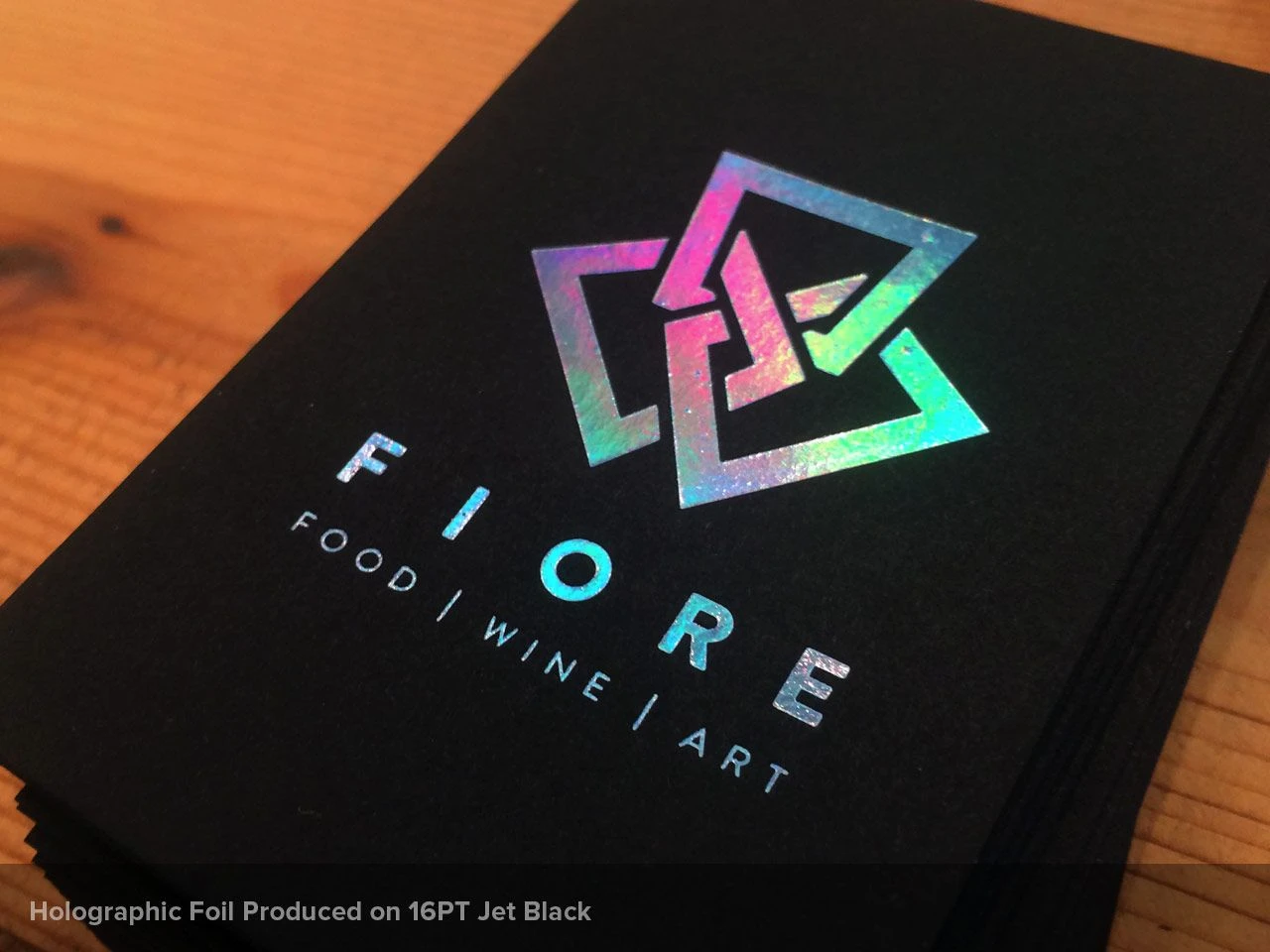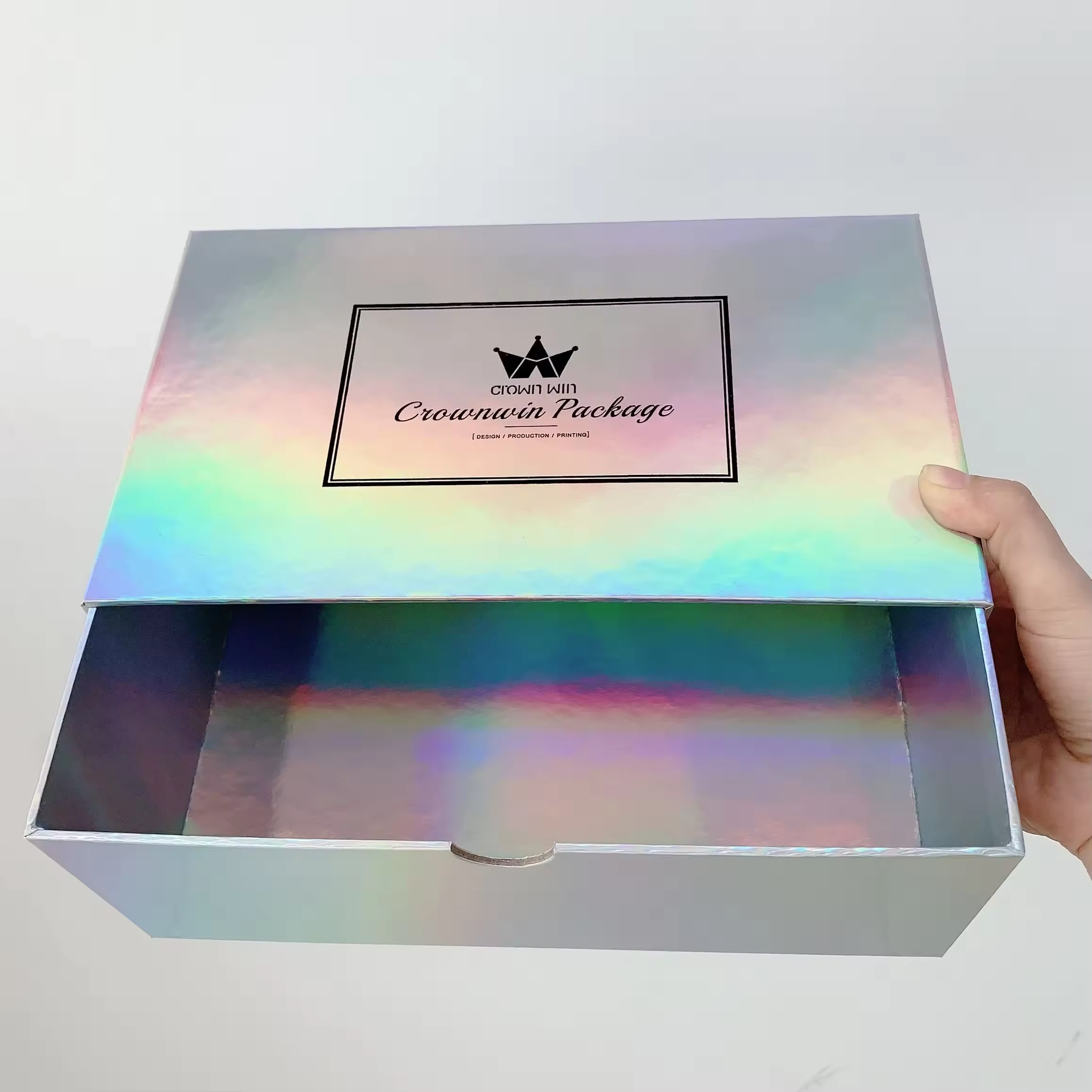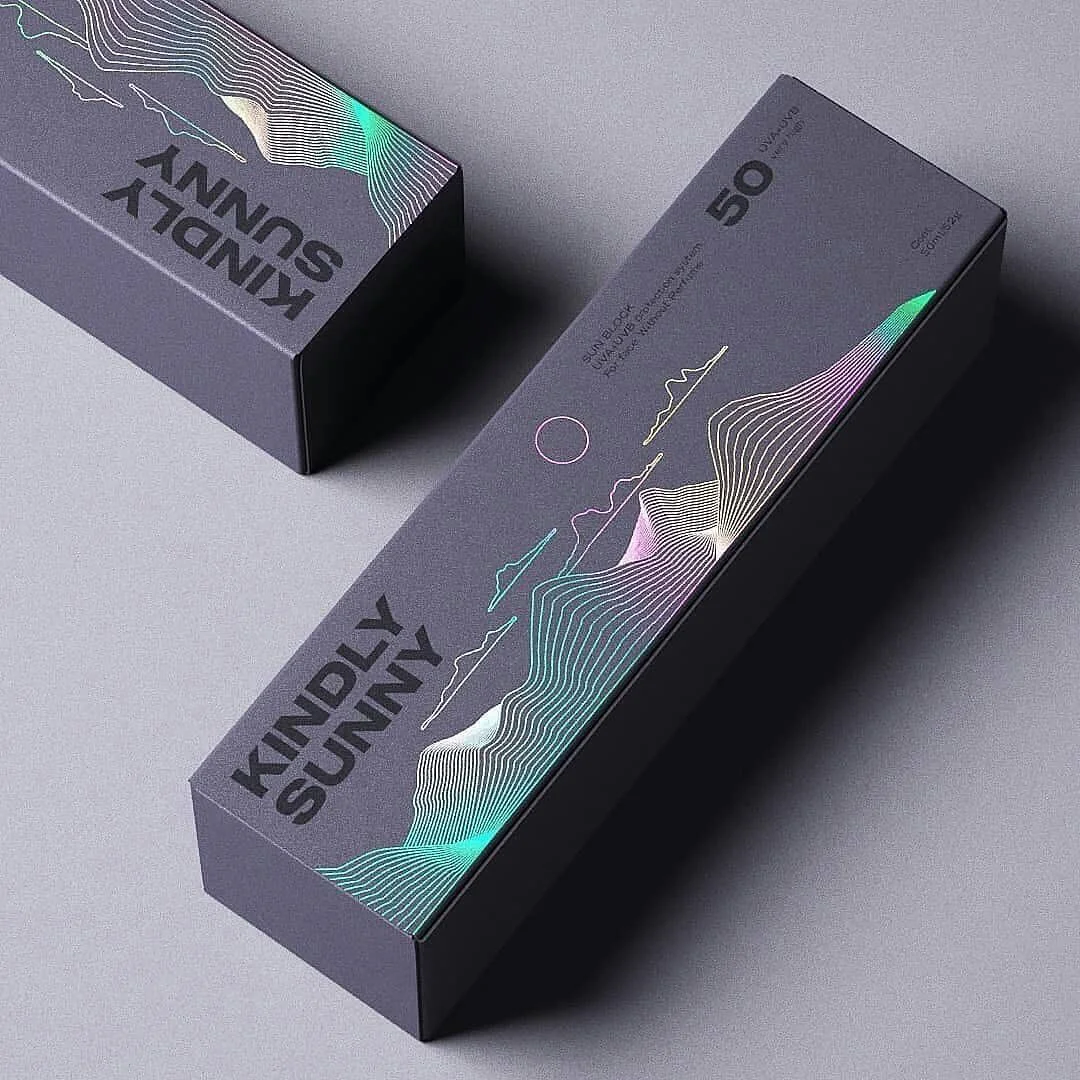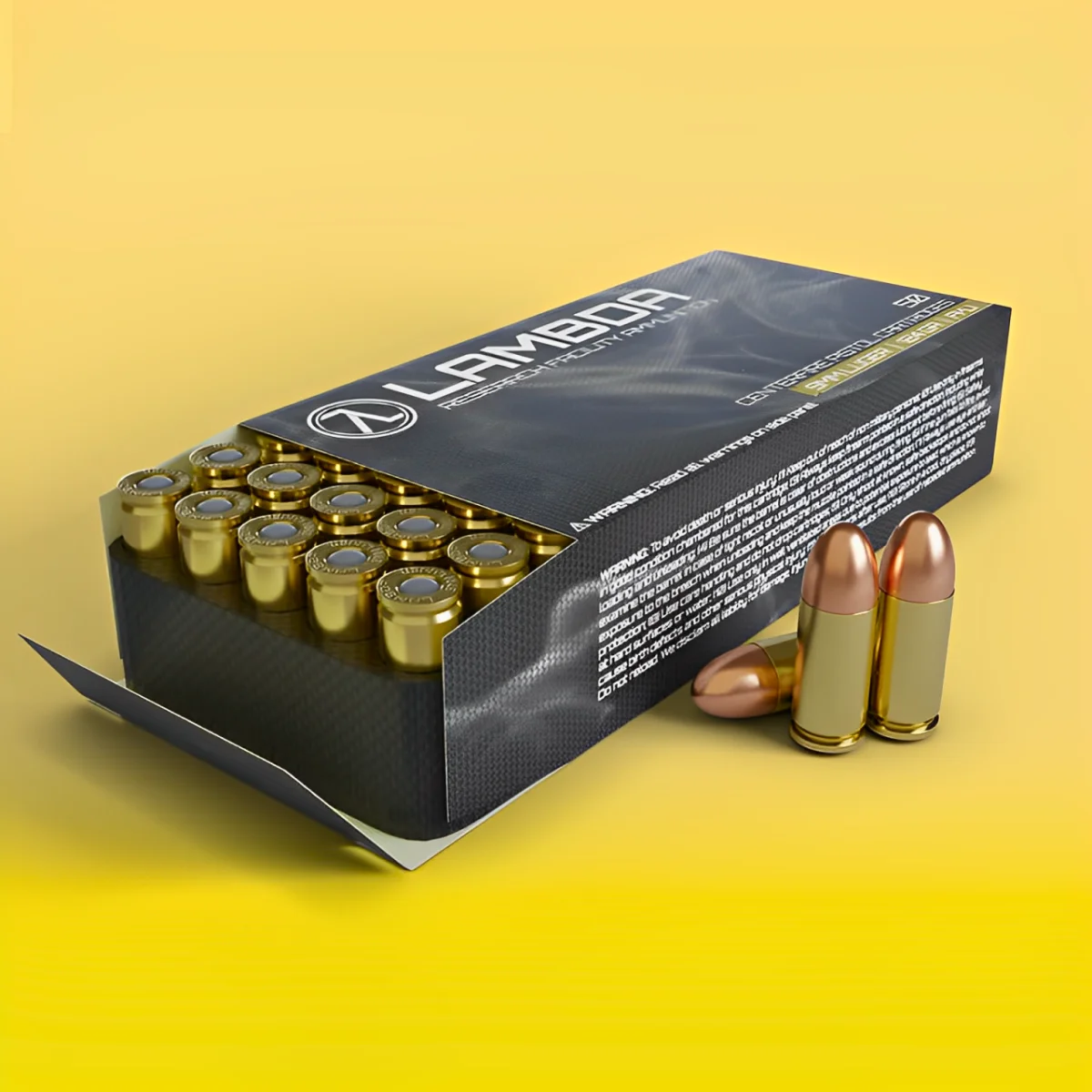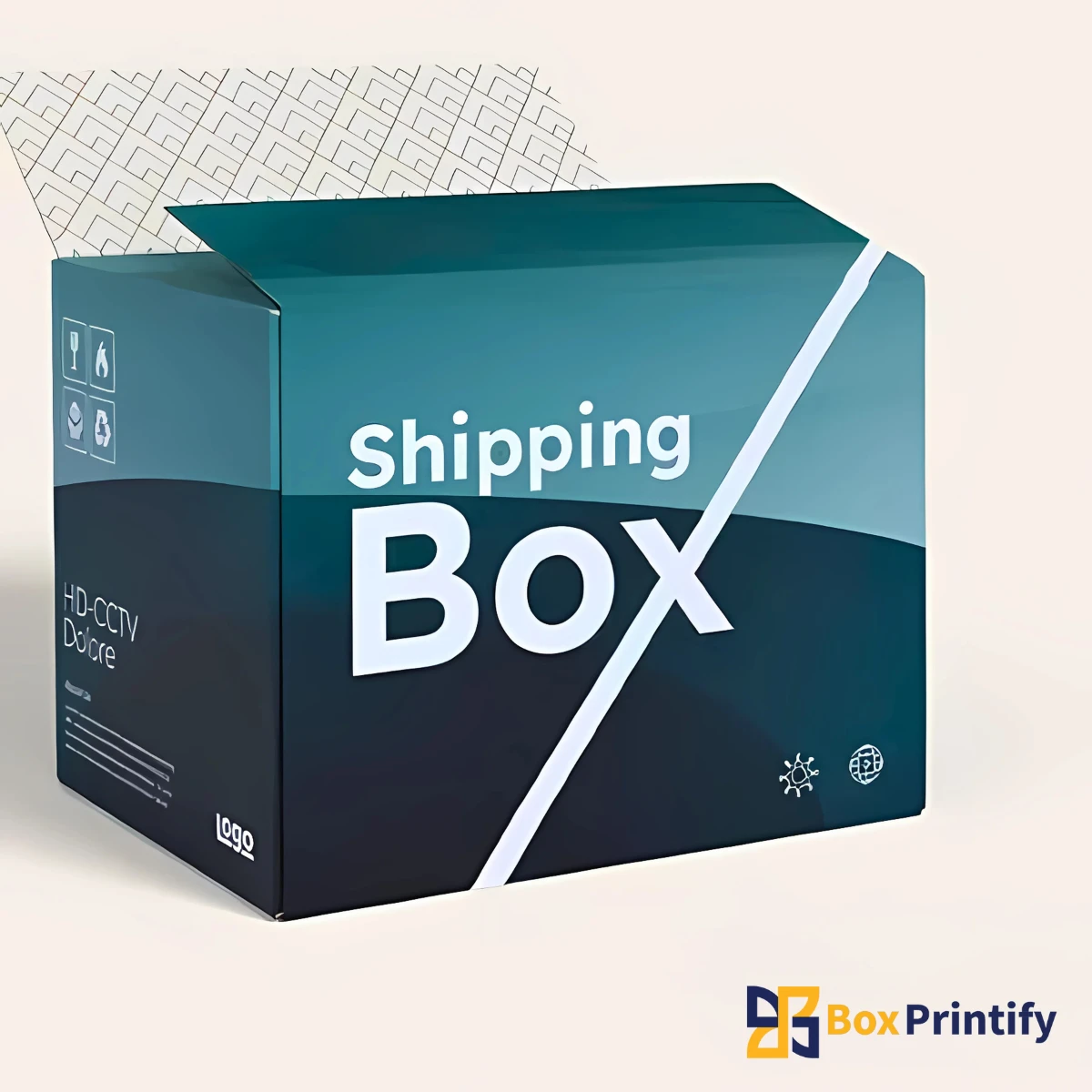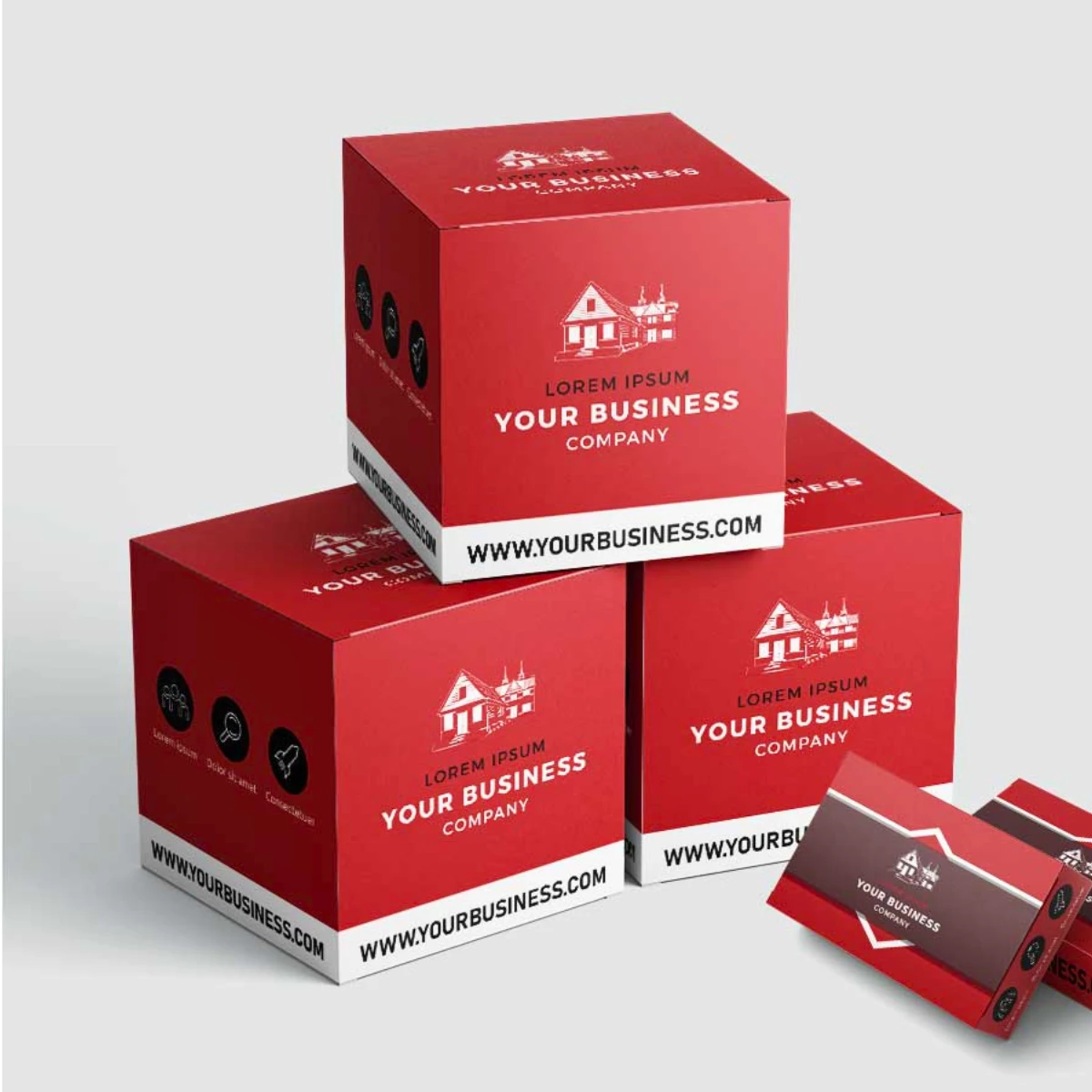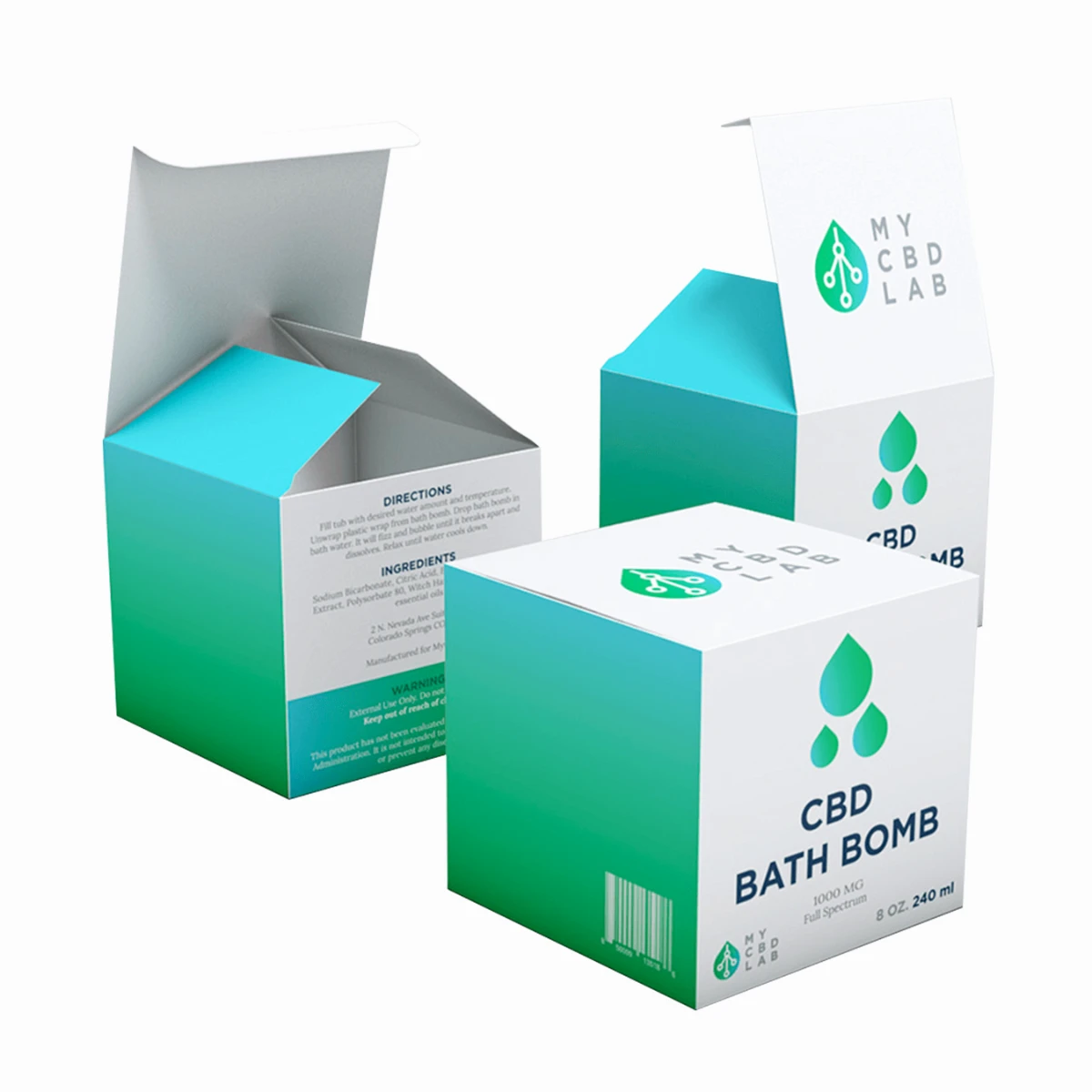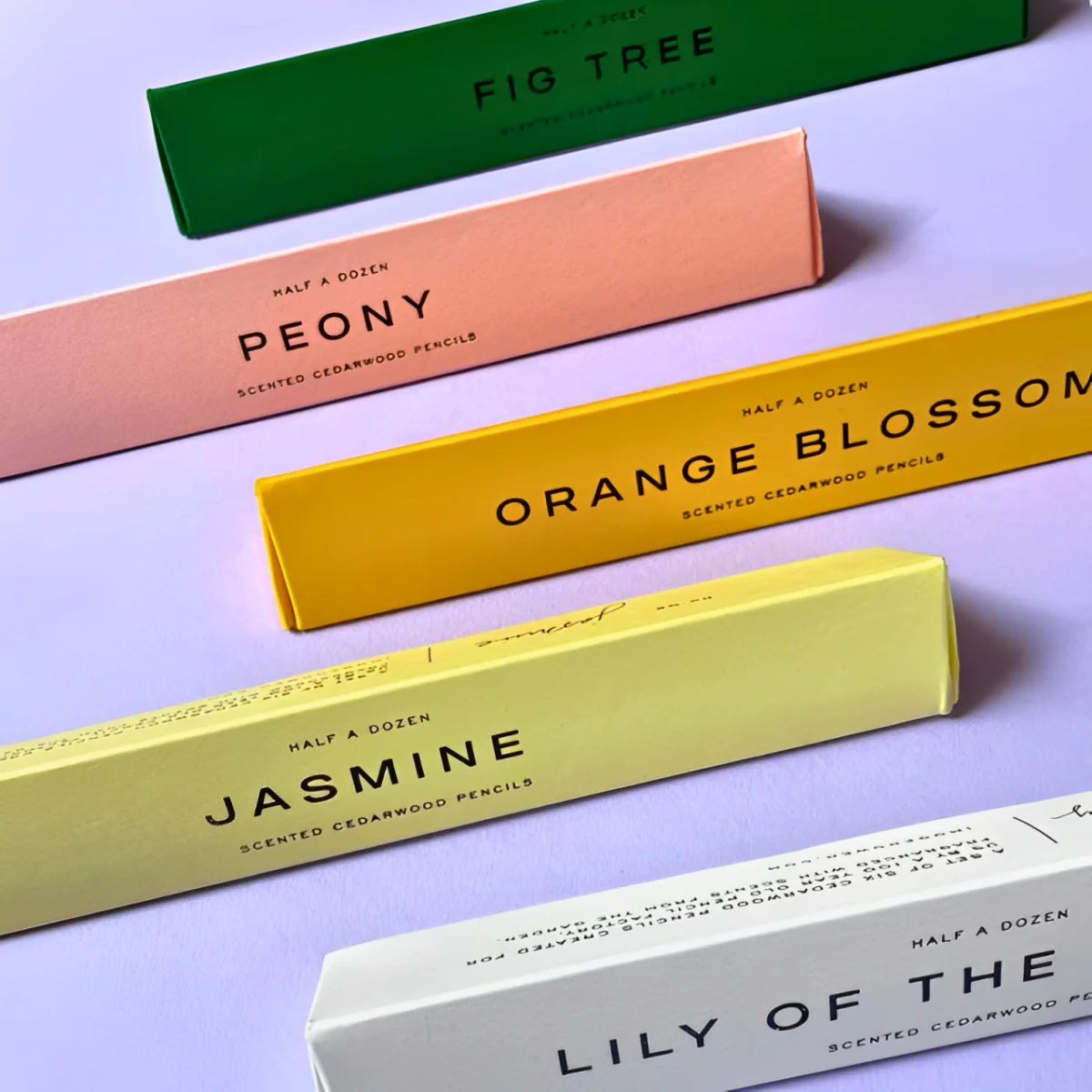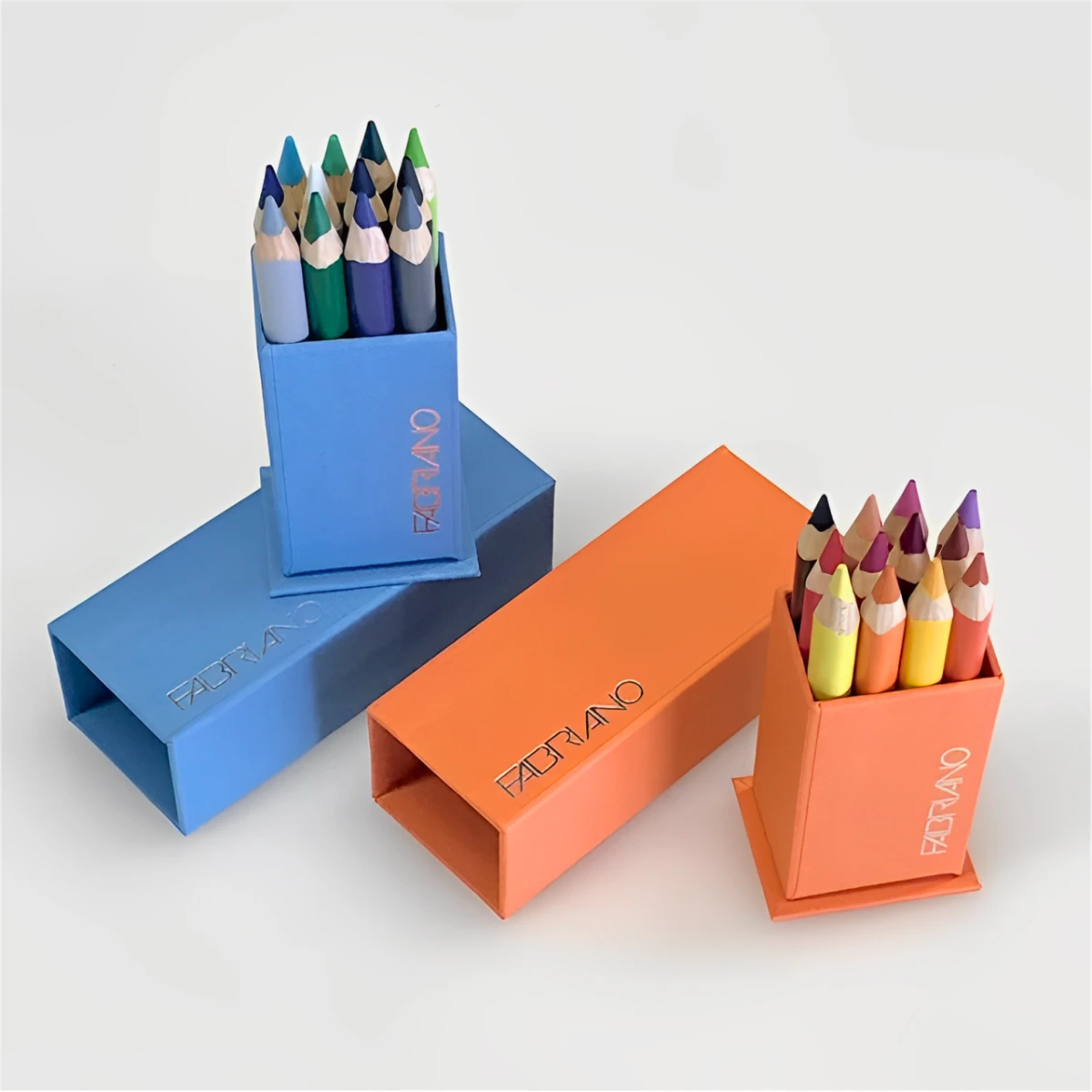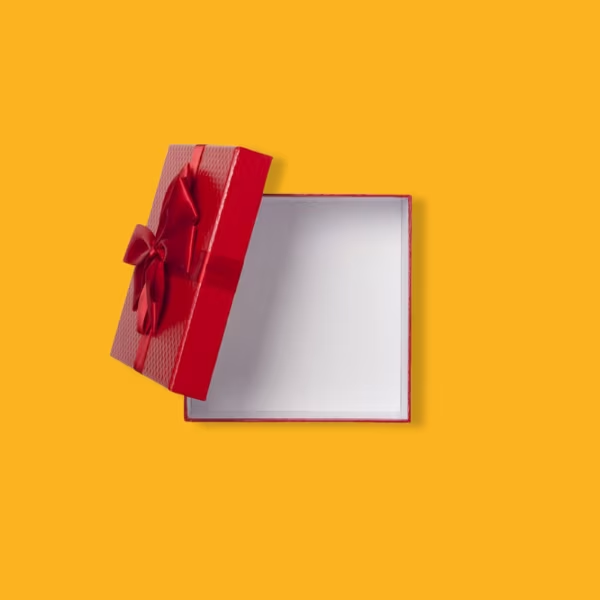Gloss Lamination: The Ultimate Shine for Your Print Projects
Gloss lamination adds a protective layer to prints. It uses a thin, clear film like PET or EVA, applied with heat and pressure. This makes prints more durable and vibrant, with a shiny look.
It’s perfect for items that need to look good and last long. Think brochures, menus, or book covers. This method keeps materials safe from moisture, scratches, and wear.
It makes items like children’s books or product catalogs look sleek and professional. Plus, the film is recyclable, which is good for the environment.
While a glossy finish might cause glare, it’s worth it for bright packaging or high end branding. It adds a premium feel to projects. This makes them stand out and last longer.
What Makes Gloss Lamination Stand Out in the World of Print Finishing
The high gloss finish gives print finishing a unique touch. It applies a clear film that makes surfaces look like mirrors. I’ve seen how this finish makes colors pop and images clearer. It’s not just about looks; it also has practical benefits.

- Visual Impact: It makes colors brighter by reflecting light, making graphics and photos pop in busy places like trade shows or stores.
- Protection: The sealed surface fights off moisture, smudges, and scratches, keeping items like menus or signs looking good longer.
- Tactile Appeal: Its smooth, slick feel adds a high-end touch, showing quality to clients or customers.
Its shiny look is perfect for luxury brands or promotional items where eye-catching visuals are key. Unlike matte or soft touch finishes, the high gloss finish makes every print look professional and refined. Whether it’s a business card or a catalog cover, this finish turns simple prints into eye-catching pieces that make a lasting impression.
Understanding How Gloss Lamination Works
Gloss lamination turns regular prints into stunning pieces. It uses science and the right materials. The glossy surface treatment works by reflecting light, making colors pop.

The Science Behind the Glossy Surface Treatment
The glossy film coating uses thin plastic layers to bend light. Polyethylene Terephthalate (PET) and Ethylene-Vinyl Acetate (EVA) are key. PET is tough for signs, while EVA bends without breaking.
Both protect against scratches and moisture.
Materials Used in High-Quality Glossy Film Coating
PET films are made from recycled materials, saving the planet. EVA is now biodegradable too. Printers like PET for its clear look and eco-friendliness.
Thicker PET layers ensure the film sticks well. EVA bends without cracking, perfect for flexible items.
The Application Process Explained
Applying the glossy film coating needs heat and pressure. The steps are:
- Clean the surface
- Use heated rollers to apply the film
- Cure it under UV lamps or heat tunnels
- Trim off the extra for a clean finish
Modern tools make sure the film is even. Curing times vary—PET needs 30 seconds, EVA 60 seconds.
My Experience With Gloss Lamination for Professional Print Projects
When I started using gloss lamination, I saw a big jump in client happiness. A local publishing company needed eye-catching book covers. The gloss lamination made their images 20% brighter, turning dull designs into vibrant displays. It also helped prevent creases during shipping, a big problem with matte finishes.
My early projects taught me a lot. A client’s menu had glare problems under bright lights. After tweaking the coating, it stayed shiny without making text hard to read. I now suggest using spot gloss for logos or icons to look good and work well.
One big plus was in durability tests. A client’s trade show banners, coated with gloss lamination, faded 30% less after six months than uncoated ones. This matches industry data on their 7-10 year lifespan with proper care. I tell clients in busy places, like hospitality or retail, to choose gloss lamination for items that get a lot of use.
I now talk more about what clients want to achieve. For a board game company, I recommended gloss lamination for their box art. It made colors pop and the surface durable for repeated use. They saw a 40% rise in pre-order sales, thanks to the shiny finish. These stories show how gloss lamination can make a big difference when used right.
Key Benefits of Choosing a High Gloss Finish
The global print market is growing fast, expected to hit $874 billion by 2024. High gloss finish is a key player in this growth. It offers both style and function, making prints stand out and last long. Professionals choose it for its impact.
Enhanced Visual Appeal and Color Vibrancy
High gloss finish boosts color intensity by up to 20%. It makes designs pop. The protective layer keeps colors bright, even after lots of use.
For example, menus or book covers get a modern look. This look works well with foil stamping or metallic accents. Even children’s books stay fresh-looking, even when handled a lot.
Superior Protection Against Wear and Tear
- Forms a barrier against spills, fingerprints, and scratches.
- Can be easily cleaned with a cloth, ideal for business cards or product packaging.
- Reduces cracking in thick books, preventing spine splitting during binding.
Extended Material Longevity
Prints with high gloss finish last longer than uncoated ones. The protective layer resists damage. Glossy-laminated brochures stay sharp for months, beating matte ones by 300%.
Professional, Sleek Aesthetic
This finish shows quality right away. Its mirror-like surface makes business cards and portfolios shine in meetings. It also adds class to trade show displays or corporate reports, without extra cost.
Popular Applications Where Glossy Lamination Technique Shines
The glossy lamination technique turns simple prints into eye-catching pieces. It’s not just about looks; it also makes prints last longer and stand out in real life.
Business Cards and Marketing Collateral
Business cards should make a strong impression. Glossy lamination makes them smooth and smudge-free. Logos and text really stand out, making cards unforgettable at events or meetings.
Marketing materials like flyers or postcards also last longer. They don’t fade or tear, even when used a lot.
Menus, Catalogs, and Brochures
- Restaurant menus: Glossy lamination keeps them safe from spills and grease. It keeps images bright, even after lots of use.
- Retail catalogs: Glossy makes product photos look real. It also stops smudges from happening when you flip through them.
- Event brochures: The glossy surface helps them stay flat during handouts at events.
Book Covers and Presentation Folders
Children’s books get a scratch-resistant layer from glossy lamination. It keeps bold illustrations safe from little hands. For books that need to look fancy, like textbooks or coffee-table books, it adds a nice shine without hiding the text.
Presentation folders look more professional with glossy lamination. They’re perfect for client proposals or corporate events.
Retail Displays and Signage
Retailers use glossy lamination to make displays stand out. Product showcases in stores or at trade shows stay bright, even under strong lights. Outdoor signs, like menu boards, stay clear in all weather.
The glossy finish also makes cleaning easier. This is important in places with lots of people.
Cost Considerations for Professional Gloss Lamination Services
Choosing the right glossy lamination service is about finding quality within your budget. The size of your project, the type of material, and how complex the finish is all affect the cost. I’ve managed many print projects and seen how buying in bulk can lower the price per item.
Smaller orders might cost more per piece, but the benefits of glossy finishes are worth it. They make your materials last longer.
- Project volume: Larger quantities reduce per-unit costs
- Material thickness: Thicker stock requires specialized equipment
- Spot vs full lamination: Targeted applications add labor time
- Turnaround time: Rush orders increase fees by 20-30%
Glossy lamination is generally cheaper than matte options. Premium finishes like Cellotouch and Cellogreen are pricier but offer unique textures or eco-friendly benefits.
Discussing design changes with providers can also save money. For example, simpler designs dry faster. Even though glossy finishes might seem expensive at first, they can save you money in the long run.
Gloss Lamination vs. Other Finishing Options
Choosing the right print finish is all about looks, durability, and usefulness. Glossy laminate is great for bright colors but might not always be the best choice. Let’s compare it with other top options:
Comparing Gloss to Matte Lamination
Glossy laminate makes colors pop with its shiny surface. It’s perfect for lively projects like kids’ books or product catalogs. On the other hand, matte finishes reduce glare and add a high-end feel, great for documents with lots of text like annual reports.
Both finishes protect the paper, but glossy’s shine can attract fingerprints.
Soft-Touch vs. Glossy Finish
Soft-touch finishes, like Karess®, feel like velvet and are very luxurious. But they’re not as durable as glossy laminate. Glossy is better at resisting wear but can show smudges.
For a kids’ book cover, glossy’s toughness is key. But for a fancy catalog, soft-touch’s feel might be better.
UV Coating and Varnish Alternatives
UV coatings create shiny, spot-gloss effects, while varnishes protect without changing the paper’s feel. Glossy laminate is affordable for big orders but needs careful handling to avoid smudges. UV coatings are more expensive but add special details.
When picking a finish, think about your project’s setting and purpose. Glossy laminate is great for bright colors but might need other finishes for extra texture or protection.
Environmental Factors to Consider With Glossy Lamination
Choosing the right glossy film coating is important for the environment. PET-based coatings, like those from recycled plastics, have a lower carbon footprint than EVA. My research shows PET is recyclable, but EVA is not as easy to recycle.
- PET films are better because they can be recycled, cutting down on plastic waste.
- EVA’s recycling issues come from its mixed materials, leading to more landfill waste.
- UV coatings, though recyclable, need a lot of energy to cure, raising carbon emissions.
Aqueous coatings are water-based and can break down naturally. Mistaking UV-coated items for glossy laminates can lead to recycling mistakes. This sends materials to landfills. To lessen our impact, I suggest choosing PET-based films and avoiding using too much film.
- Choose PET made from 100% post-consumer recycled materials.
- Ask for spot gloss applications to use less film.
- Look for biodegradable EVA options when they become available.
Working with eco-certified printers helps make glossy film choices more sustainable. By balancing looks with recyclable materials, we protect resources and cut down on waste.
Common Challenges and Solutions When Using Gloss Lamination
Glossy surface treatment makes prints stand out, but it needs careful handling. Over the years, I’ve seen problems that can mess up even the best designs. Here’s how to fix them.
Dealing With Fingerprints and Smudges
- Light-colored glossy finishes show smudges a lot.
- Use microfiber cloths and avoid alcohol-based cleaners to prevent damage.
- Choosing darker backgrounds makes fingerprints less visible.
Addressing Potential Glare Issues
- Direct lighting can cause harsh reflections on glossy materials.
- Position materials under indirect light or angle displays to reduce glare.
- For text-heavy areas, apply spot matte coatings to maintain readability.
Ensuring Even Application Across Large Surfaces
Technical challenges like uneven film adhesion need precise adjustments:
- Horizontal wavy lines: Reduce front roller pressure during application.
- Concave warping: Replace warped rollers to maintain surface flatness.
- Angled edge waves: Tighten rear rollers to balance pressure distribution.
- Foggy finishes: Increase heat or slow the lamination speed to ensure adhesion.
For persistent adhesion issues, try SuperStick films designed for high-cling materials. Proper prep and calibration can avoid defects, ensuring the glossy surface treatment meets quality standards.
Design Tips for Maximizing the Impact of Glossy Coating Solutions
To make the most of glossy coating solutions, you need to make smart choices. This means highlighting what looks best and avoiding common mistakes. Here are some tips to help you create designs that really pop with this finish.
Color Choices That Amplify Visual Impact
Bright colors and sharp contrasts look amazing with a glossy finish. Dark backgrounds with metallic touches or deep blues and reds really stand out. For instance, navy blue with gold accents can look very luxurious.
It’s best to stick to 2-3 main colors to keep things clear. I’ve seen designs with colors like emerald green and cream look incredible when laminated.
Typography Rules for Glossy Surfaces
- Choose sans-serif fonts (Arial, Helvetica) for readability—serifs can blur under reflective surfaces
- Minimum 10pt font size ensures text remains legible without glare distortion
- Avoid all-caps in small text to prevent “washed out” appearance
It’s important to test your fonts on sample prints. Thin fonts might look faded under gloss, but bold fonts are great for headings.
Spot Gloss Strategies for Strategic Emphasis
Spot gloss can make certain parts of your design really pop. Here are some strategies:
- Highlight logos, icons, or product photos while keeping backgrounds matte for contrast
- Use gradient transitions between glossy and matte areas to guide viewer focus
- Apply spot coatings to 3D text elements for tactile depth
Using 105gsm stock with PET-based laminates is a good choice for durability and eco-friendliness. I’ve found that using 20-30% of the design area for spot gloss works best to avoid overwhelming the viewer.
Conclusion: Elevating Your Print Projects With the Perfect Glossy Finish
The glossy lamination technique makes prints stand out by boosting color and adding protection. It’s not just a coating; it’s a design tool. It turns simple prints like brochures and business cards into eye-catching pieces that last.
Images look amazing on glossy finishes, whether for book covers or signs. Thicker papers make it feel even more luxurious. Choosing glossy or matte depends on your project’s needs.
Glossy is great for places that get a lot of use, while matte is better for softer looks. It’s all about finding the right mix of looks and function. For example, glossy is perfect for packaging because it resists moisture and looks bold.
Even small touches, like spot gloss, can make big differences. They can highlight text or logos without overwhelming the design.
The glossy lamination technique is still a top choice as printing trends change. It works well with digital prints and fits both small and big projects. If you’re thinking of trying it, look for providers with the right tools for even finishes.
Getting the right mix of material, design, and technique can make prints unforgettable. See how a glossy finish can change your next project’s look. Start with a consultation or a test print to see your ideas come to life.
FAQs
Gloss lamination adds a shiny layer to printed materials. It makes them look better and last longer. It's great for projects that need to stand out.
The shiny finish reflects light, making colors seem more vivid. This makes prints look richer and more striking. It's perfect for marketing and presentations.
PET and EVA are common materials. PET is tough, while EVA is flexible. Each has its own benefits.
Gloss lamination is great for many projects. But, not all need a shiny finish. It's best for items that need to look good and last.
It acts as a shield against moisture, dirt, and wear. This makes prints last 2-3 times longer than without it.
Costs depend on the size and number of prints. Bigger orders are cheaper per piece. Even though it costs more upfront, it's worth it for the long run.
Gloss lamination makes colors pop, unlike matte finishes. It's different from UV coating and varnish in how it looks and lasts.
Yes, it can be hard to recycle because it's a mix of paper and plastic. But, there are eco-friendly options like biodegradable films.
Fingerprints and glare are common issues. But, using the right lighting and handling can solve these problems.
Use bright colors and clear text that stands out. Spot gloss can also add contrast and highlight key points.
Gloss Lamination: The Ultimate Shine for Your Print Projects Read More »




